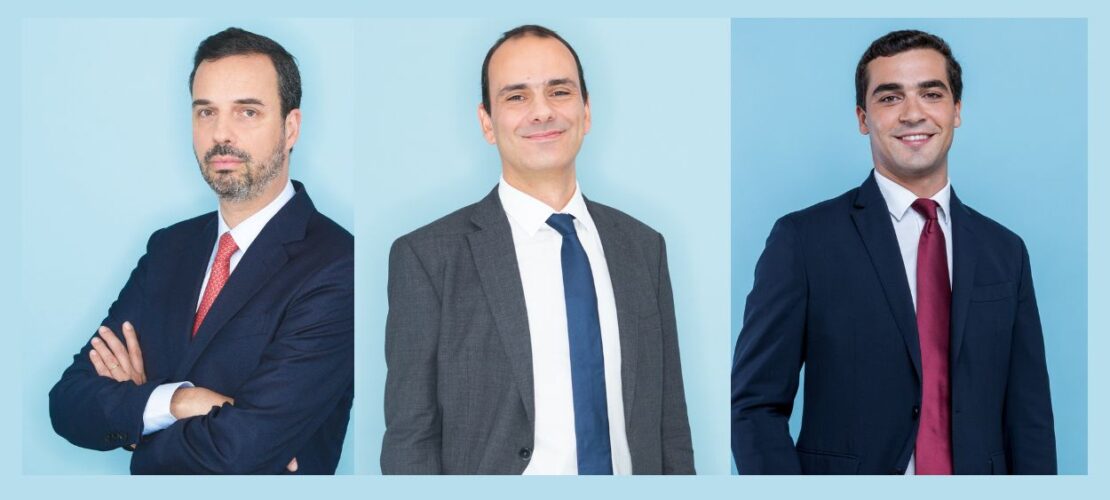Creating safer workplaces for LGBTQI+ in Portugal
With 300 associates, the Spanish-born REDI has expanded to the neighbouring country with initial support from 24 companies and law firms
by glória paiva
It is well established that being able to express one’s gender identity and sexual orientation without fear contributes to self-esteem, creativity, and overall well-being, according to the American Psychological Association. Workplaces that foster a safe environment in this regard tend to be more diverse and observe higher productivity among LGBTQI+ individuals. It is with this premise that REDI – LGBTQI+ Diversity and Inclusion Network, created in Spain in 2015, has expanded its activities and arrived in Portugal.
REDI, a private social solidarity institution (IPSS), is the first ecosystem of companies and professionals in the Iberian Peninsula dedicated to promoting safe and respectful work environments for all people, regardless of sexual orientation, gender identity, or sex characteristics. At the end of June, the non-profit initiative was launched in Lisbon with the participation of 24 companies and law firms.
In Spain, REDI began with 12 organisations and now counts 300 members, including small, medium, and large companies. In Portugal, the founding companies include law firms such as Cuatrecasas, PLMJ, PwC Portugal, Uría Menéndez, and CCSL Advogados.
The expansion into Portugal is based on the idea that the Portuguese economy is increasingly integrated with the Spanish one, explains João Mattamouros Resende, president of REDI Portugal and partner at Cuatrecasas. “The Network has become the leading reference in Spain regarding LGBTQI+ diversity in the business context. Many members who were also active in the Portuguese market felt the need to take this work beyond borders,” he explains.
REDI’s actions are focused on raising awareness and training companies on the importance of inclusive policies. The work is carried out on three levels: first, at the level of top management, to ensure strategic commitment; then, with human resources departments, offering training and awareness on diversity; and finally, with corporate communications teams, helping them to communicate these policies effectively.
…












